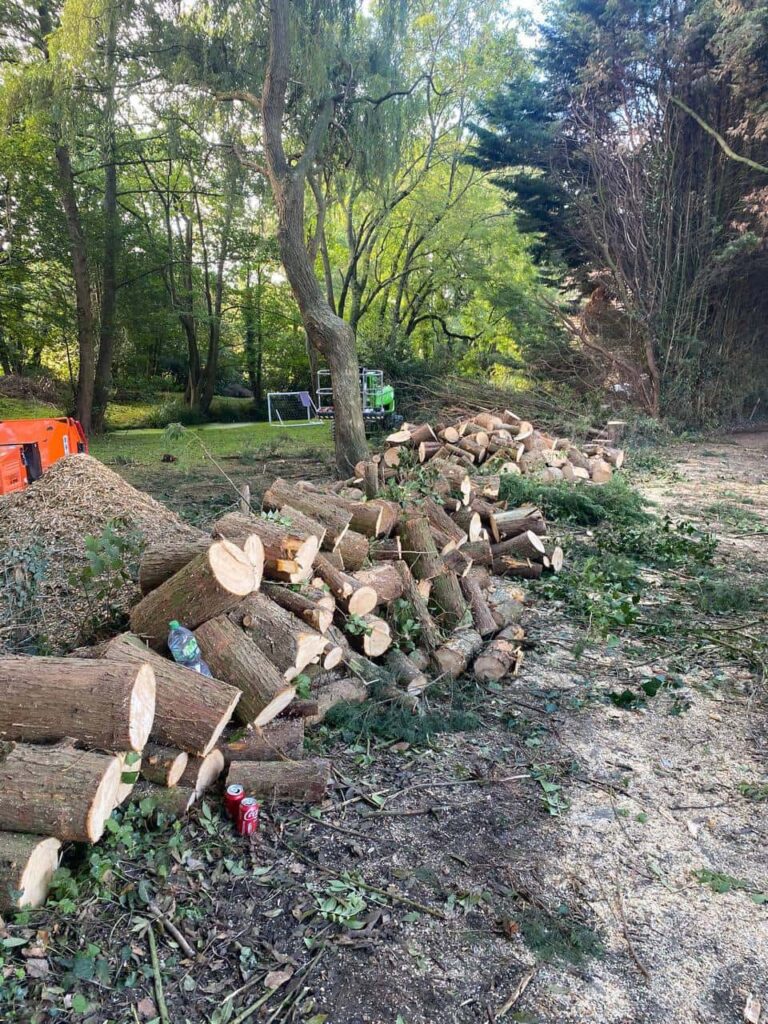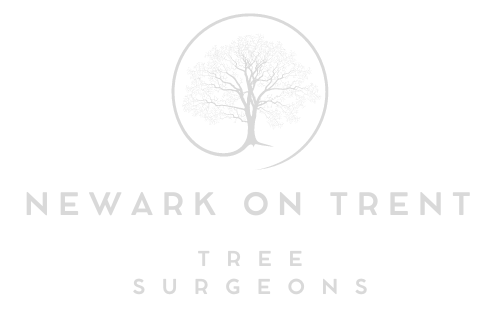Nurturing Nature: Tree Reshaping for Therapeutic Horticulture
Introduction: In the healing sanctuary of therapeutic horticulture, nature’s restorative powers are harnessed to promote well-being, resilience, and growth. Trees, with their silent strength and enduring presence, play a central role in this healing journey, providing shade, shelter, and solace to those seeking refuge in the natural world. Through the art of tree reshaping, arborists and gardeners cultivate nurturing environments supporting horticulture’s therapeutic benefits. This article explores the transformative potential of tree reshaping for therapeutic horticulture, celebrating the symbiotic relationship between trees and human well-being.
The Essence of Therapeutic Horticulture:
- Therapeutic horticulture embraces the holistic connection between humans and nature, recognising the profound impact of gardening and green spaces on physical, emotional, and mental health. Whether cultivating plants, tending to gardens, or simply communing with nature, therapeutic horticulture offers relaxation, stress reduction, and personal growth opportunities. As foundational elements of garden landscapes, trees contribute to the therapeutic experience by providing stability, comfort, and grounding.
Creating Healing Environments:
- Through thoughtful tree reshaping, gardeners and arborists craft healing environments that nurture the mind, body, and spirit. Trees can be transformed into focal points of beauty and tranquillity within therapeutic gardens by selectively pruning branches, shaping canopies, and sculpting growth patterns. Strategic tree reshaping enhances accessibility, creates shaded retreats, and frames scenic vistas, offering visitors a sense of calm and rejuvenation amidst the bustle of everyday life.
Promoting Sensory Engagement:
- Trees engage our senses profoundly, inviting us to touch, smell, and observe the natural world with curiosity and wonder. Trees play a vital role in promoting sensory engagement and mindfulness in therapeutic horticulture settings. Through tactile elements such as textured bark, fragrant blossoms, and rustling leaves, trees awaken our senses and encourage present-moment awareness, fostering relaxation and stress relief. By reshaping trees to enhance sensory experiences, gardeners create immersive environments that stimulate the senses and soothe the soul.
Supporting Growth and Recovery:
- Therapeutic horticulture is often used for rehabilitation and recovery, helping individuals overcome physical, emotional, and cognitive challenges. Trees provide a supportive backdrop for healing journeys, offering shade, privacy, and a sense of security to those undergoing therapy or rehabilitation. Gardeners can create inviting spaces for therapeutic activities such as outdoor yoga, meditation, or expressive arts through tree reshaping, encouraging personal growth and resilience in adversity.
Fostering Connection and Community:
- In embracing therapeutic gardens, individuals come together to cultivate connections, share experiences, and support each other on their healing journeys. Trees symbolise strength and resilience, inspiring a sense of unity and interconnectedness among garden visitors. Through communal tree planting events, tree dedications, or tree care workshops, therapeutic horticulture programs foster a sense of belonging and community, empowering individuals to connect with nature and each other meaningfully.
Conclusion: Tree reshaping for therapeutic horticulture is a testament to the profound healing power of nature and the transformative potential of green spaces. By cultivating nurturing environments that honour the symbiotic relationship between trees and human well-being, gardeners and arborists create sanctuaries of healing and growth where individuals can find solace, strength, and connection amidst the beauty of the natural world. As we tend to the trees within therapeutic gardens, we nurture their growth and the seeds of hope, resilience, and renewal within ourselves and our communities.
Call us on: 01636 556 296
Click here to find out more about Newark on Trent Tree Surgeons
Click here to complete our contact form and see how we can help with your tree’s needs.

